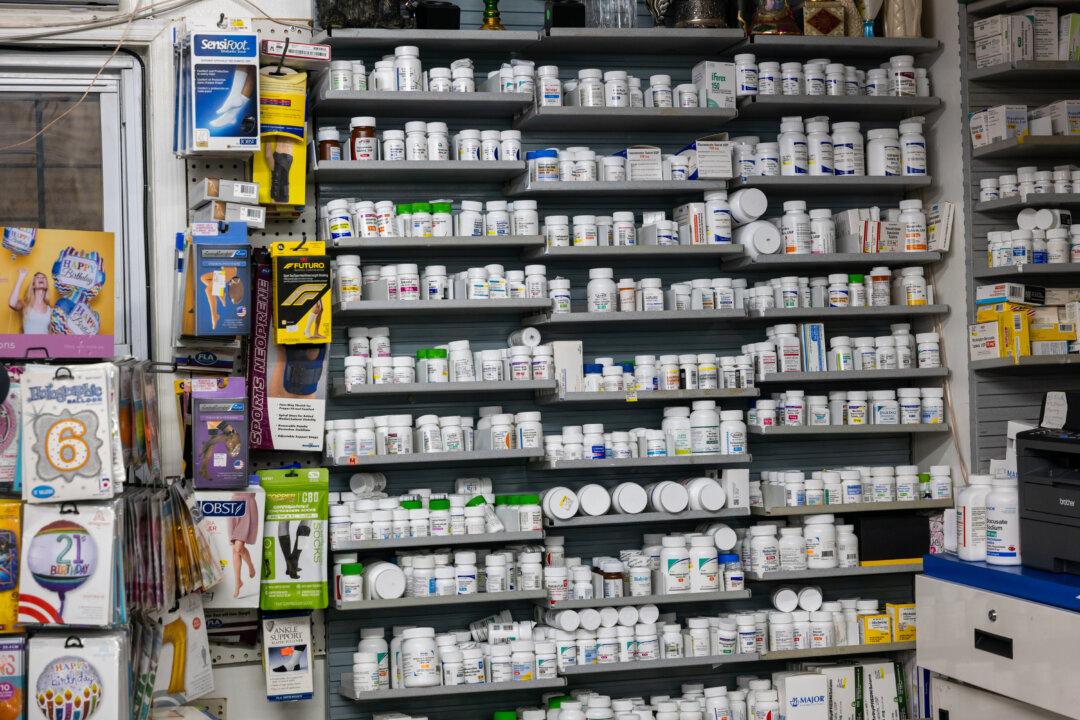Title I-A Grants
The largest share of non-curricular federal spending, $18.4 billion, comes in the form of Title I-A grants, which are awarded to schools with a high percentage of low-income families. The purpose is to help underachieving children meet the state’s academic standards.Title I-A grants can be used for tutoring in reading and mathematics, preschool and after-school programs, and summer activities that reinforce classroom learning.

After-School Learning Centers
The Department of Education will spend $1.33 billion for the Nita M. Lowey 21st Century Community Learning Centers program, which funds programs for learning enrichment activities for low-income and low-performing schools.Learning enrichment programs aim to help students meet academic standards in core subjects by providing activities such as art, music, prevention of drug abuse, and computer training outside school hours.
Free or Reduced-Cost Student Lunches
The federal government spent $14.9 billion on the National School Lunch Program in 2019, before the program was expanded to include meals during the summer in the pandemic era.Beginning in 2024, the program will be permanently available during the summer for families who meet the low-income requirement.

Eligible families will be served at approved meal sites. Families in rural areas can receive ten days worth of meals to be taken away to eat later.
Eligible families can also receive $40 per child each month through an electronic benefits transfer (EBT) account.
“This bill is a win for kids and families across the nation and we applaud Congress for addressing summer hunger,” child nutrition advocate Lisa Davis said in a December statement.
“Currently, 6 out of every 7 children who participate in free or reduced-price school meals are unable to access the summer meal program, putting them at risk of hunger. This legislation will make a meaningful impact toward closing that gap and ensuring more children get the nutrition they need to grow up healthy, strong and able to succeed in school.”
The 2023 appropriations bill includes $40 million for the EBT program and $30 million to provide equipment for schools in addition to funding the lunch program during the school year.
School-Based Mental Health Services
Health and Human Services will spend $111 million on school-based mental health programs, including expanded training for school psychologists. The government allocated $300 million for the purpose in 2022, the same year President Joe Biden pledged to spend $1 billion over the next five years on mental health services in schools.Other Programs
The Department of Education will spend $150 million for community schools—a 100 percent increase from last year. Community schools act as community centers, offering things like meals, health care, and counseling through partnerships with service providers.About 5,000 U.S. schools use this model, according to the National Center for Community Schools.

The bill provides $87 million for teaching English to non-English speaking students. Over 5 million students in public schools were English learners in 2019, according to the National Center for Education Statistics (NCES). An English learner is a student unable to speak fluently or learn effectively in English.
In 15 states, 10 percent or more of the student population were English learners in 2019. Texas was highest at nearly 20 percent.
Large Dollars, Small Percentage
Despite the impressive dollar amount, federal spending on student support programs will likely be a fraction of all K-12 spending this year, including that from the federal, state, and local governments.The Department of Education contributes about 8.5 percent of all K-12 education funding, according to the NCES. The remainder comes from state and local governments in roughly equal shares.
Total U.S. spending on K-12 education was $657 billion in 2019. That amounts to $756 billion in 2022 dollars after adjusting for inflation using information from the Federal Reserve Bank of Minneapolis.
In those terms, the $35 billion in federal funding for on student support services in 2023 would amount to 4.6 percent of total spending.
The vast majority of spending on K-12 education, about 80 percent, goes to the salary and benefits of school staff members.





